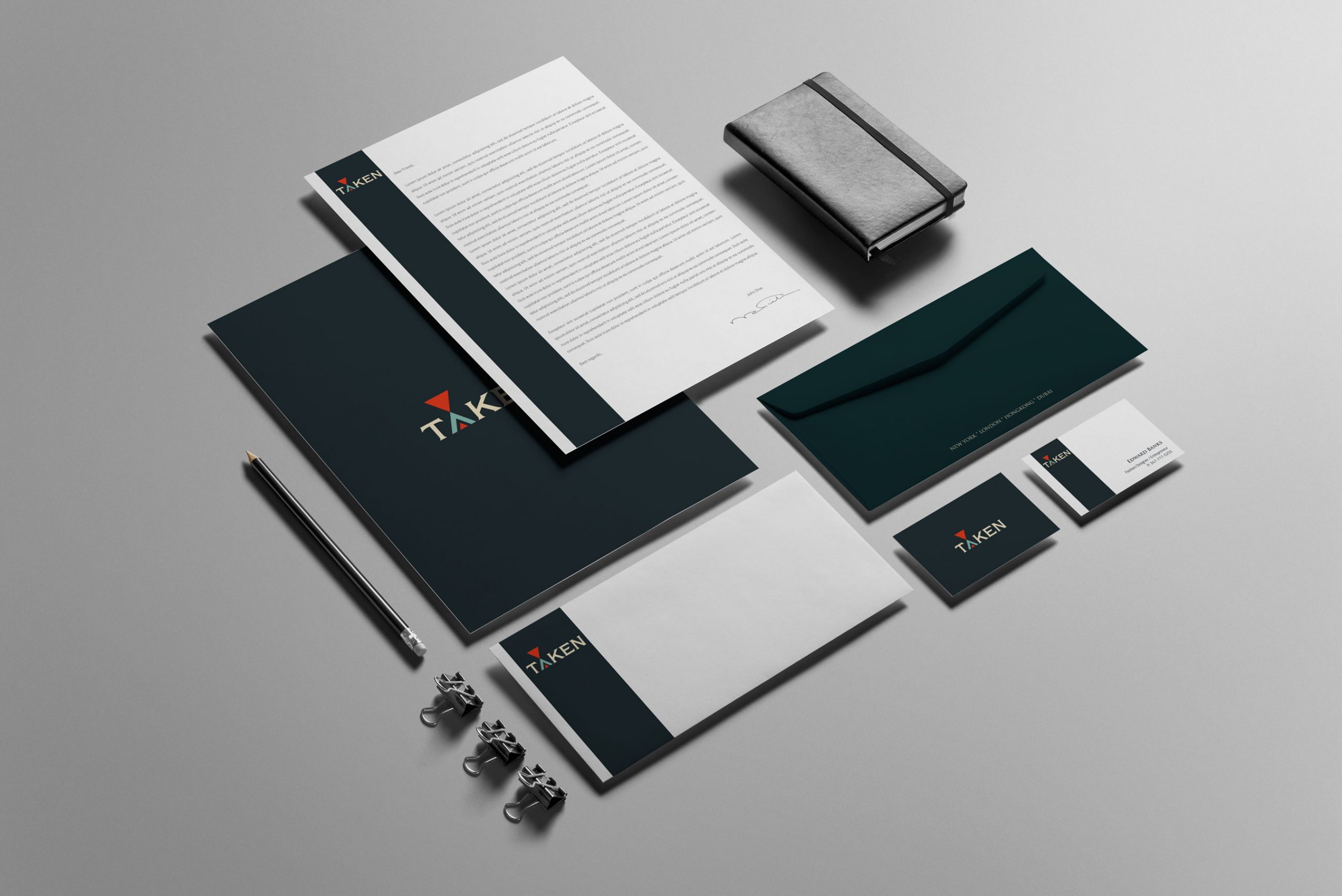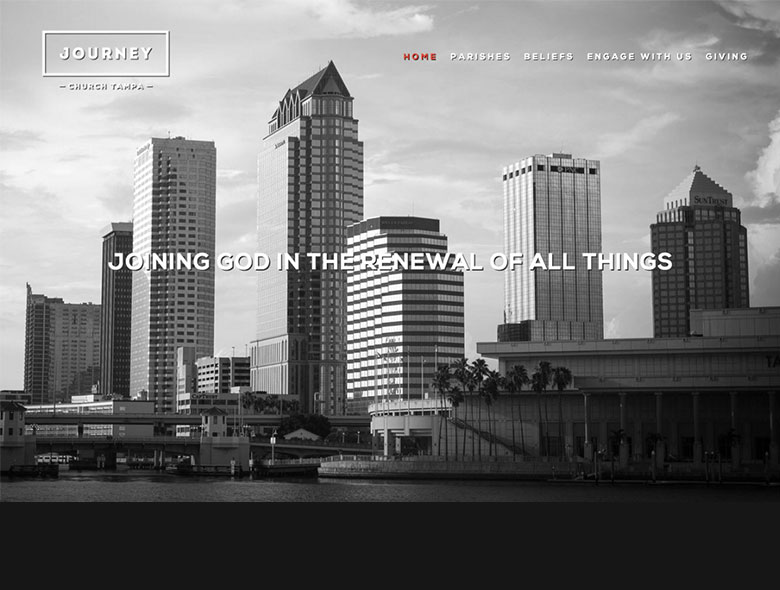Spellbrand Blog
From Logo Designer To Brand Storyteller!

This weekend we had our annual business retreat in London. Every year we take a few days off to evaluate our company progress for that year and to refresh and regenerate our passion for this business. Every year, we reflect one important and fundamental question. This year’s question was “How far have we come as designers”.
I think that is a great question every design professional should ask every so often. It is quite easy to be submerged with work and lose sight of one’s evolution of their skills and knowledge. For any professional and more so for a design professional, it is imperative that they look back and take stock of their personal development and progress into their profession. That is why some professions have on going exams and tests to re-certify the members to ensure they are up to date with their knowledge and skills. This happens in the medical and legal professional, for instance. Alas, that the design profession does not have this kind of a system. In fact there is no standard certification and evaluation system in the graphic design profession.
Design Professional
However, it is no less a profession. When a person is sick and they go to a doctor, they trust the doctor to solve the “issue” for them using their medical and pharmaceutical knowledge. It is rare that you would walk into a medical practice and demand that you be given a certain medication because you believe you know what the illness is. The same happens when you consult an attorney. However, it is a pity that when a startup company owners approach brand designers, they actually approach them as they would a restaurant waiter or a taxi driver. I do not mean to belittle these professions. I am referring to the nature of the interaction between the customer and the waiter. The customer talls the waiter what he or she wants and the waiter then goes away to do the bidding.
The same thing happens with brand and logo designers. Most often, companies comes to design houses and tell them what they want and what they think would suit their company. Granted that the business owner knows more about their company than the design professional. However, brand identity is not simply graphic design. It is not simply putting together visual elements that would please the business owner. Brand identity is the soul of the company. It epitomizes the company and acts as it’s biggest advertisement. It is the first thing most people are exposed to about the company and is usually the first thing that evokes an impression about the company – good or bad.
A brand identity designer, who has educated himself or herself in the principles of design and the dynamics of target market perception and how it all fits together is not a mere graphic designer. He or she is a storyteller. Or more precisely, a brand storyteller. They try to understand the story that the brand needs to communicate and then use visual elements to convey that message. Most properly constructed corporate identities have a story to tell. The story may be quite obvious or it may be subtle. But the effect that story on the perception of the target audience goes a long way to aid the success of that business. It is quite evident to see the effect of proper branding on websites in terms of converting website vistors into paying customers.
Brand Storyteller
At Spellbrand, I believe that we have made that transition from logo designer to brand storyteller, a couple of years ago. Once I realized the importance of considering this to be a profession, I took a series of steps to make the transition. I have listed them here briefly. I will write more about each of them in-depth in upcoming posts.
- Become selective in the projects/clients that we take up
- Increase prices to facilitate the above step
- Stop focusing on the visual elements at the start of a project and instead focus on the story the brand has to tell
- Communicate this to the client and ensure their buy in
- Enable the client to champion the story which would have an impact on their bottom line
These steps are not easy to implement over night and can only happen through patience and perseverance. I had started out as a regular logo designer and spent years doing the same thing – grab any project that came my way, ask the client what they want to see and then design some nice logos to chose from. Now, don’t get me wrong. There is nothing wrong with this approach – until you consider the opportunity cost.
I love that word – “opportunity cost”. Ever since I heard about it and understood what it truly meant, it has enabled me to make better decisions on a ton of things – both personal, business related and professional. The popular definition is as follows:
[stag_intro]The cost of an alternative that must be forgone in order to pursue a certain action. Put another way, the benefits you could have received by taking an alternative action.[/stag_intro]
It means that you may be losing a benefit or advantage by choosing option A instead of option B. Not all designs are created equal and if you start using an identity for your company that does not have a story behind it and is merely a visual graphic, then the opportunity cost of this would be the potential loss of trust and perception of your target audience which translates into lost revenue.
Yes, I know this is an over simplified explanation but I am trying to keep it short here. I am just saying that by skimping on your company identity and branding, you lose the benefits of what a properly thought out brand identity could have on your bottom line – over the life of the brand. And to be able to deliver such an identity, you would have to engage a design professional and not simply a graphic designer. What is the use of spending tons of time, effort and money on your marketing pitches when your brand identity is of poor substance? The results are bound to be poor.
Please do let me know what your experience has been in terms of your evolution by posting a comment below.

Mash Bonigala
Creative Director & Brand Strategist
With 25+ years of building brands all around the world, Mash brings a keen insight and strategic thought process to the science of brand building. He has created brand strategies and competitive positioning stories that translate into powerful and stunning visual identities for all sizes of companies.
Featured Work
See Our Work in Action
Real brands, real results. Explore how we've helped businesses transform their identity.
Client Love
What Our Clients Say
Don't just take our word for it. Hear from the brands we've worked with.
Raymond Chen
RLC Global Archicom, Singapore
"SpellBrand was very accommodating from the beginning of the design process even when we had distinct design ideas, being architect designers ourselves. Jeff responded with many preliminary style options based on our initial sketchy ideas, enabling us to zoom in on the specific feel we were looking for. From that point on, it was just refinement and the final logo was in our hands in a matter of days. We have used SpellBrand on other logos for my clients projects."
Sue Politte
Success In Focus
"Love it! My brand identity and logo helps quickly communicate what I do. I coach very busy business leaders who want to take their organization to the next level and are tired of all the things that are slowing things down or blocking progress. My brand identity needed to grab visual attention and communicate quickly that I help my clients get focus so they gain and build success. My new brand will help my potential clients identify with me. Thank you!!!!"
Keep Reading
Related Articles
Nov 19, 2025
What Do You Need To Start An Online Business
Discover the essential elements needed to start a successful online business. From branding and website design to capital and self-discipline, learn what it takes to launch and grow your digital venture.
Read MoreNov 19, 2025
What are paths and anchor points in Adobe Illustrator?
Master the fundamentals of paths and anchor points in Adobe Illustrator. Learn how these essential tools work together to create professional logo designs and vector graphics.
Read MoreNov 17, 2025
Use Of Color In Creating Logo Designs
Master the psychology of color in logo design. Learn how colors influence perception, build brand recognition, and create emotional connections with your audience.
Read More

